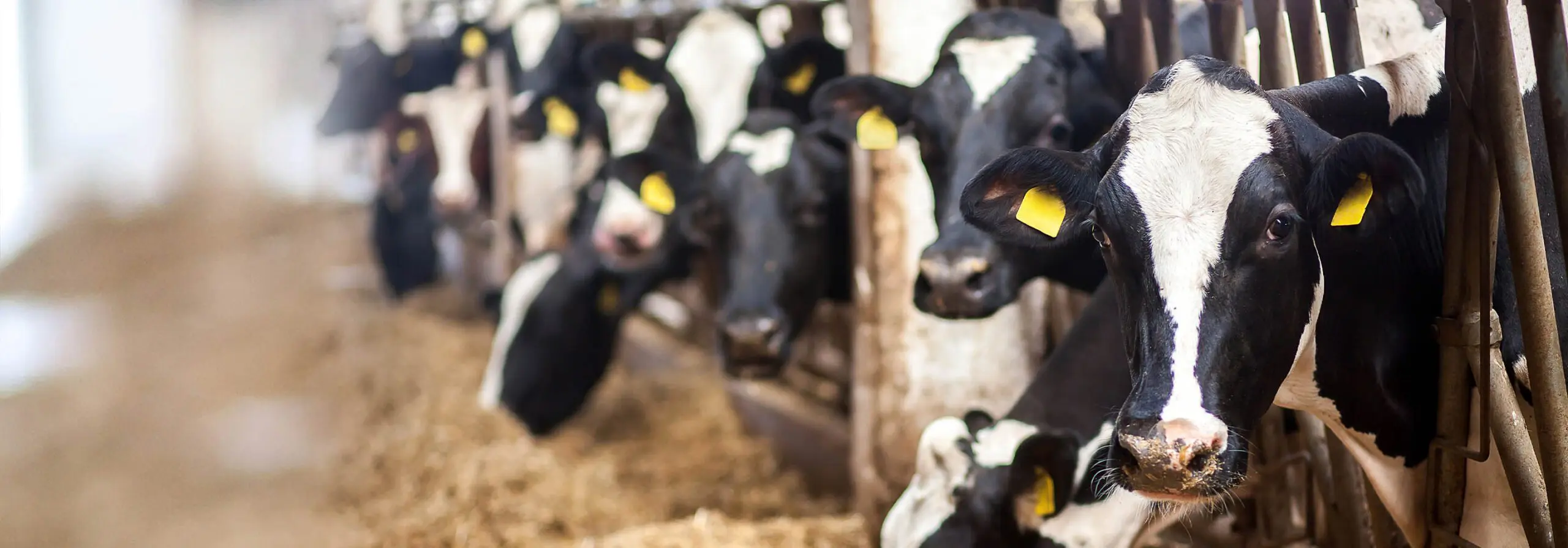
CATTLE ID TAG TERMINOLOGY
Understanding ID Tag Terminology
AIN Tag or USDA 840 Tag
An EID tag approved by the USDA as an official identification device under the National Animal Identification System. A unique 15-digit number, beginning with 840, designates USA as the animal’s Country of Origin. Recognized by the state and federal agencies and the livestock industry, official USDA 840 ear tags provide a source of animal identification to trace movement and contact points in the event of an animal disease outbreak. Only approved AIN (Animal Identification Number) tag mfrs, AIN tag managers or AIN tag resellers (such as Leedstone) can provide AIN tags. To obtain AIN tags, a producer must first register their premises and obtain a premise ID number (PIN) from their state animal health authority; a premise ID number is required for ordering.
Country of Origin Labeling (COOL)
Required by law on food products; in this case, so consumers can buy both beef and dairy products and know where they originated.
EID
Electronic Identification are small button tags with a unique 15-digit number printed on it. These radio frequency ID tags can be read with an EID reader and with herd management software; they follow breed programs or state requirements. A permanent ear tag for livestock.
Full Duplex (FDX)
An electronic reader term where data travels in both directions (from reader to transponder and back) at the same time. Because of the continual signals, FDX typically has a shorter read range.
Half Duplex (HDX)
An electronic reader term where data travels only in one direction (from reader to transponder or from transponder to reader). HDX uses a charge capacitor to keep the transponder charged, and typically is seen as faster with a farther-reaching read range.
ISO Compliant
EID tags or readers/scanners use technology standards established by the International Organization for Standardization (ISO). This ensures that all ISO-compliant tags can be read by all ISO-compliant readers, regardless of manufacturer.
Management Number
A unique identification number assigned by the producer for a specific animal to help with herd health management.
Manufacturer Tag
An EID tag with a unique 15-digit number, beginning with three digits unique to the manufacturer of the tag (i.e., 982 for Allflex, 985 for Destron Fearing, 942 for Z Tags, 949 for Y-TEX). They are designed for compliance and on-farm use. These are not official USDA tags, although 840 tags for official USDA State ID Tags can be created by all mfrs.
NUES Tags
As part of a nation-wide NUES system (National Uniform Ear Tagging System), these bangle or clincher style tags identify animals by state and help control disease when they are transferred from place to place. Approved by the USDA and submitted to the State Board of Animal Health, these tags are imprinted with the official NUES number for each individual animal. Designed for one-time use; tamper evident. See more about NUES Tags here.
Premise Identification Number (PIN)
A unique number assigned to a producer’s premises. To purchase AIN tags, a producer must first register their premises and obtain a premise identification number (PIN) from their state animal health authority.
Radio Frequency ID (also known as EID)
The ability to capture animal information and record/review information into a recordkeeping program or database. The transmission of an electronic signal sends information between the RFID device (ear tag) and a reader/scanner. RFID eliminates the need for ‘line of sight’ reading. Signals can transmit through body tissue, wood, plastic, mud, manure and more with a read range, from a few inches to a few feet, depending on the antennae/reading system.
Scanners/Readers
A scanner/reader electronically communicates with EID ear tags, stores the transmitted information and/or transmits the information to a computer, where it is then stored and retrieved.
Tamperproof or Tamper Evident Tags
Designed for one-time use; after application to an animal, it cannot be transferred to another without destroying the tag.
Manufacturers tend to use terms unique to their company. We make every attempt to use identical terms in product descriptions in hopes of eliminating potential confusion.

